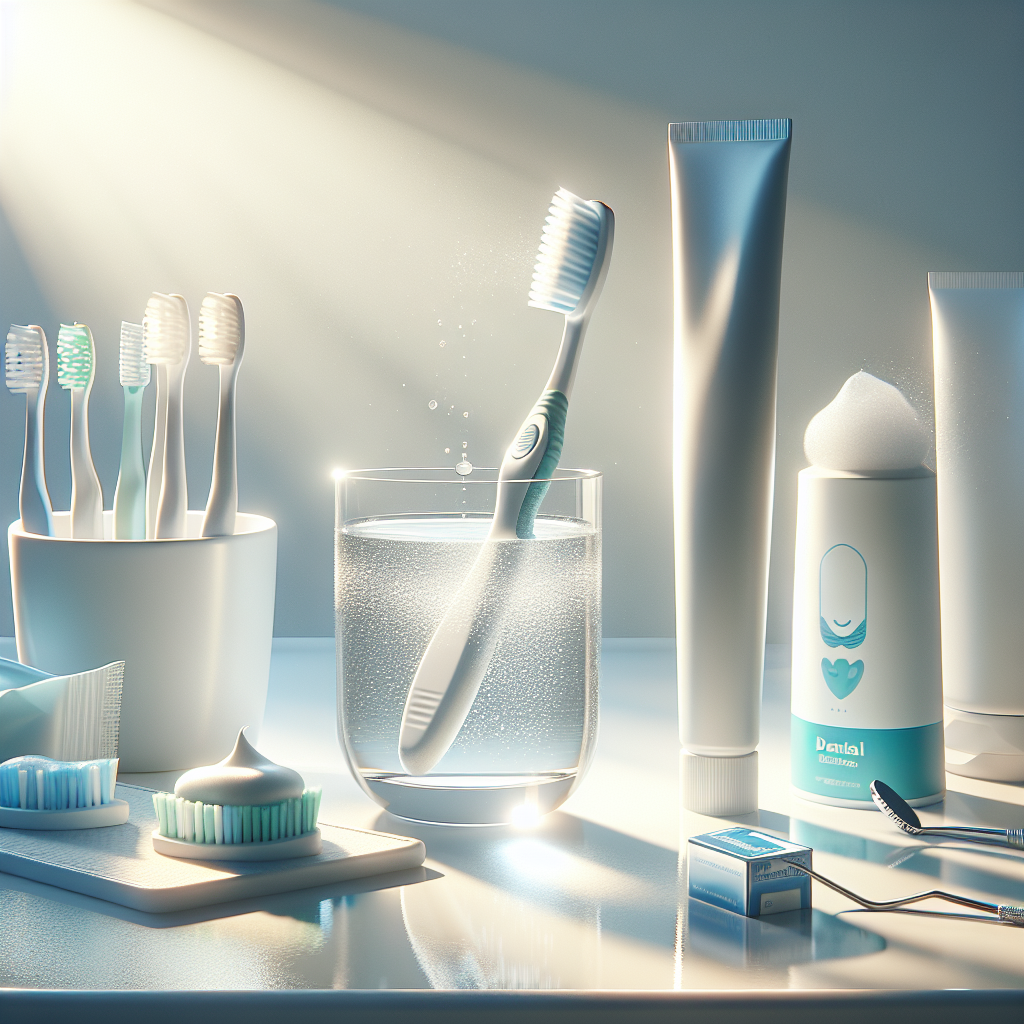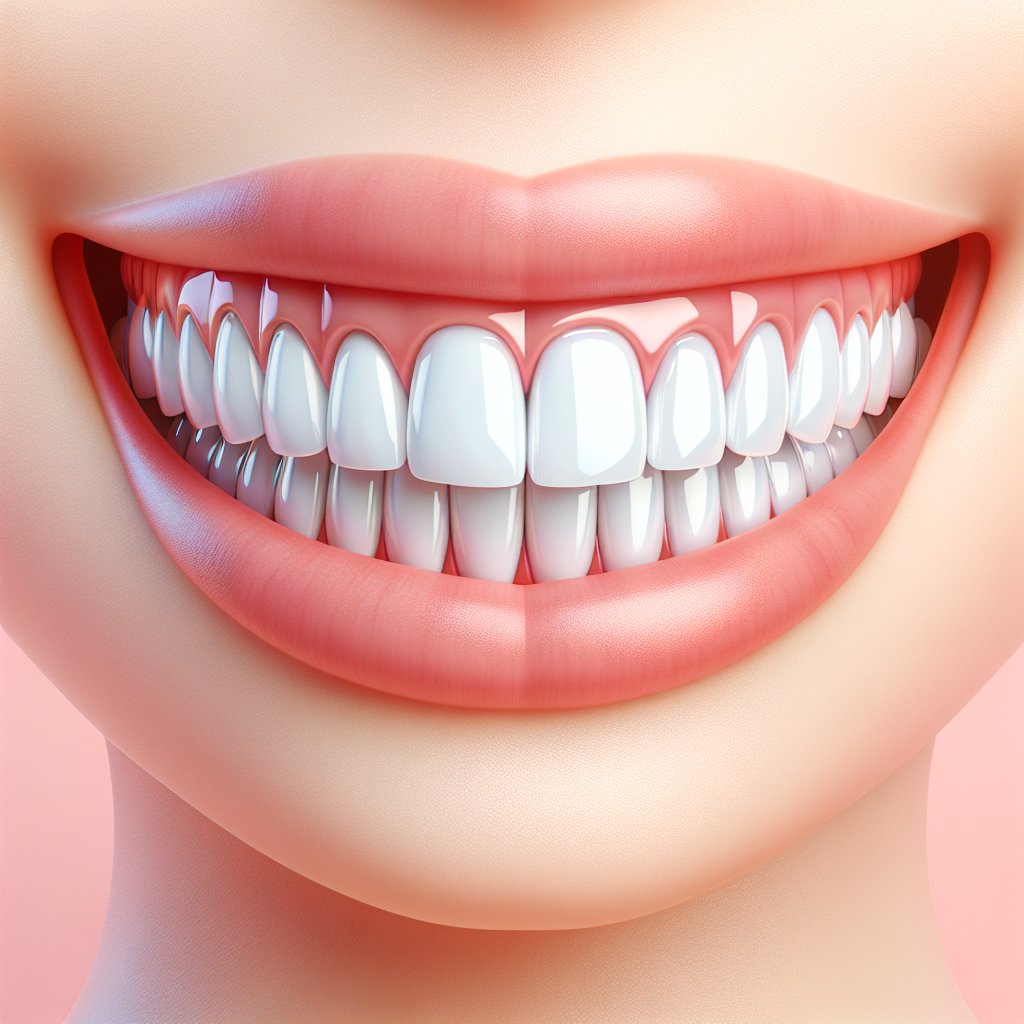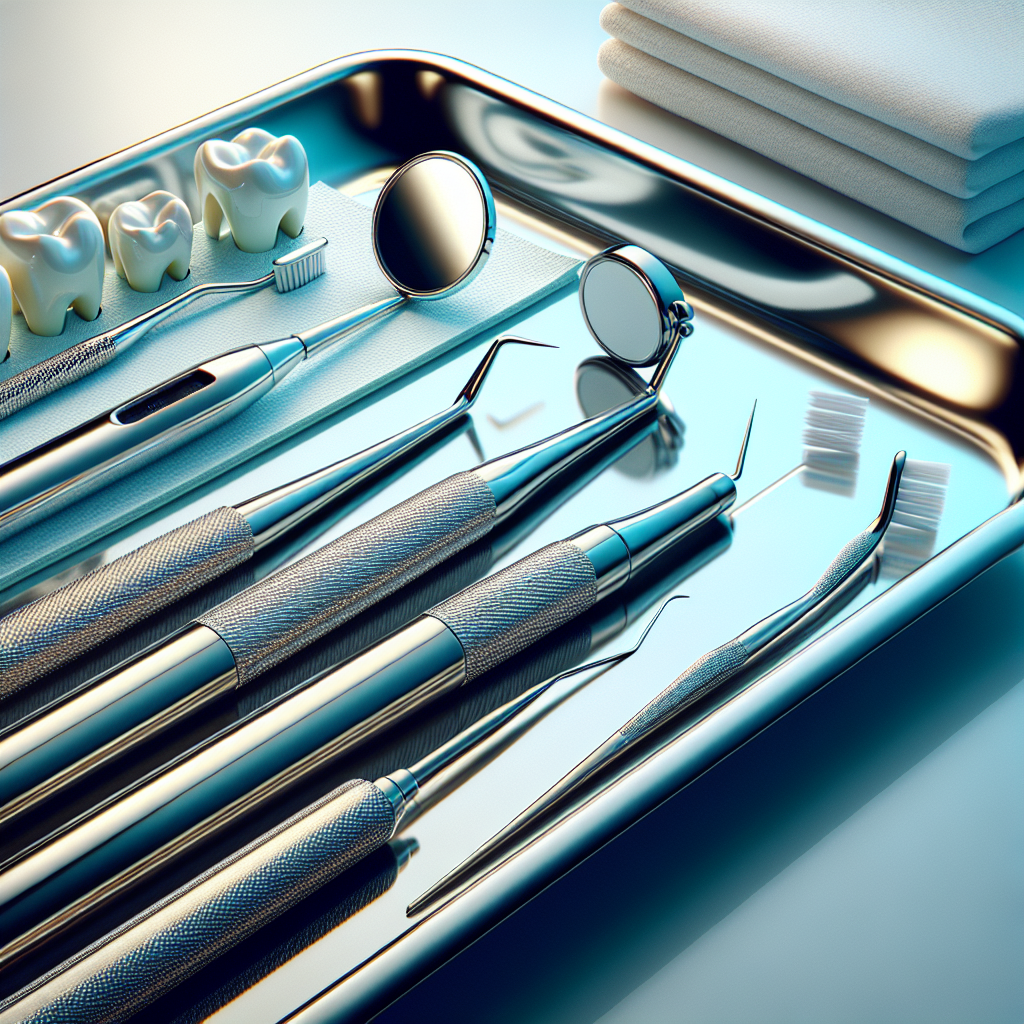Maintaining optimal oral health is essential for not just a bright smile, but also for overall well-being. Regular dental hygiene practices like brushing and flossing are crucial, but they may not be enough to achieve comprehensive cleanliness. This is where deep cleaning teeth at home becomes significant.
Deep cleaning goes beyond the surface, targeting plaque and bacteria that regular brushing might miss. Here are a few key reasons why deep cleaning your teeth is important:
- Prevents Gum Disease: Accumulation of plaque can lead to gum inflammation and periodontal disease. Deep cleaning helps remove this buildup, promoting healthier gums.
- Removes Stains: Regular deep cleaning can help eliminate stains caused by foods, beverages, and tobacco, keeping your teeth looking bright and polished.
- Freshens Breath: By targeting bacteria in hard-to-reach areas, deep cleaning helps ensure fresher breath, making you feel more confident in social situations.
- Enhances Overall Health: Oral health is linked to overall health. Keeping your mouth clean can reduce the risk of conditions such as heart disease and diabetes.
To embark on your journey to healthier teeth, consider incorporating deep cleaning practices into your routine. Visit our Online Booking Page and get your FREE Quote today! Click here.
Essential Tools for Deep Cleaning Teeth at Home

To effectively perform deep cleaning teeth at home, having the right tools on hand is crucial. These tools not only enhance the cleaning process but also ensure that you can reach every nook and cranny of your mouth. Here’s a list of essential tools you should consider:
- Electric Toothbrush: An electric toothbrush often provides a more thorough clean compared to manual brushing. Look for one with multiple settings and a built-in timer to ensure you’re brushing for the recommended two minutes.
- Interdental Brushes: These are perfect for cleaning between teeth where traditional floss may not reach effectively. They come in various sizes to fit different gaps.
- Dental Floss: Flossing is vital for removing food particles and plaque from between your teeth. Opt for waxed floss for easier handling and comfort.
- Water Flosser: A water flosser uses a stream of pulsating water to help remove food debris and plaque from between teeth and below the gum line, providing an additional layer of cleanliness.
- Whitening Strips or Gel: For those looking to brighten their smile, whitening strips or gels can be used as part of your deep cleaning routine.
Having these tools readily available can significantly enhance your home dental care routine, making it easier to maintain a healthy and bright smile.
Step-by-Step Guide to Deep Cleaning Teeth

Once you have gathered the essential tools for deep cleaning teeth at home, it’s time to put them to use. Follow this step-by-step guide to ensure your teeth receive a comprehensive clean:
- Start with a Rinse: Begin by rinsing your mouth with warm water or an antibacterial mouthwash. This helps to loosen food particles and prepares your mouth for cleaning.
- Brush with an Electric Toothbrush: Use your electric toothbrush to brush your teeth thoroughly. Focus on each quadrant of your mouth for about 30 seconds. Ensure to brush the outer surfaces, inner surfaces, and chewing surfaces of your teeth.
- Floss Between Teeth: Take your dental floss and gently slide it between your teeth. Curve the floss around each tooth and move it up and down to remove plaque and food debris. Don’t forget to floss behind your last molars!
- Use Interdental Brushes: If you have larger gaps between your teeth, use interdental brushes to clean those areas. Insert the brush gently between your teeth and move it back and forth for an effective clean.
- Water Flossing: Next, use a water flosser to rinse away any remaining debris. Direct the stream of water along the gum line and between your teeth, making sure to cover all areas.
- Apply Whitening Strips or Gel: If desired, apply whitening strips or gel as per the product instructions. This step can help enhance the brightness of your smile.
By following these steps consistently, you can achieve optimal oral health and maintain a radiant smile from the comfort of your home.
Natural Remedies for Deep Cleaning Teeth

If you’re looking for natural remedies to enhance your teeth cleaning routine, there are several effective options available. These remedies not only help in deep cleaning your teeth but also promote overall oral health without the use of harsh chemicals. Here are some popular natural methods:
- Baking Soda: This common household ingredient has natural whitening properties and is mildly abrasive, making it effective for removing surface stains. Create a paste by mixing baking soda with a small amount of water and use it to brush your teeth once a week.
- Coconut Oil Pulling: Swishing coconut oil in your mouth for about 10-20 minutes can help remove bacteria and plaque. This ancient Ayurvedic practice also promotes oral hygiene and leaves your mouth feeling fresh.
- Apple Cider Vinegar: Known for its antibacterial properties, apple cider vinegar can be diluted with water and used as a mouth rinse. Just be cautious, as excessive use can erode tooth enamel.
- Activated Charcoal: This natural detoxifier can be used to remove stains and toxins from your teeth. Gently brush your teeth with activated charcoal powder once a week to help restore their natural whiteness.
- Hydrogen Peroxide: A diluted solution of hydrogen peroxide can serve as a natural whitening agent. Use it as a mouth rinse before brushing your teeth to help reduce bacteria and brighten your smile.
Incorporating these natural remedies into your oral care routine can significantly contribute to deep cleaning your teeth, ensuring they remain healthy and bright. Always remember to consult with your dentist before introducing new products into your routine.
Maintaining Oral Hygiene After Deep Cleaning

After successfully completing a deep cleaning of your teeth, it is crucial to maintain your oral hygiene to ensure lasting results. Here are some effective strategies to keep your teeth and gums healthy:
- Daily Brushing: Brush your teeth at least twice a day using fluoride toothpaste. This helps to remove plaque and prevent the buildup of tartar, which can lead to cavities and gum disease.
- Floss Regularly: Flossing is essential for removing food particles and plaque from between your teeth and along the gum line. Make it a habit to floss daily to keep your gums healthy.
- Use Mouthwash: Incorporate an antibacterial mouthwash into your routine to help kill bacteria and freshen your breath. Look for mouthwashes that contain fluoride to provide additional protection.
- Limit Sugary Foods and Drinks: Reducing your intake of sugar-laden foods and beverages can significantly lower your risk of cavities. Opt for healthier snacks and hydrate with water instead of sugary drinks.
- Regular Dental Check-ups: Schedule visits to your dentist at least twice a year for professional cleanings and check-ups. This will help identify any potential issues early and maintain your oral health.
By implementing these practices, you can effectively maintain your oral hygiene after deep cleaning, ensuring a bright smile and optimal dental health for years to come.
When to Seek Professional Dental Cleaning Services

While maintaining a regular oral hygiene routine at home is essential, there are instances when it becomes necessary to seek professional dental cleaning services. Understanding when to turn to experts can make a significant difference in your oral health. Here are some key indicators:
- Visible Tartar Buildup: If you notice yellow or brown deposits on your teeth that cannot be removed by regular brushing and flossing, it’s time to consult a dentist. Tartar can lead to more severe dental issues if left untreated.
- Persistent Bad Breath: Chronic bad breath, or halitosis, may indicate the presence of bacteria or gum disease. A professional cleaning can help eliminate the underlying causes and improve your breath.
- Gum Inflammation or Bleeding: If your gums are swollen, painful, or bleed during brushing or flossing, seek dental services immediately. These symptoms can signify gingivitis or more serious gum diseases.
- Regular Maintenance: Even if you maintain good oral hygiene, regular professional cleanings every six months are recommended to catch any potential issues early and keep your teeth in top condition.
- Changes in Oral Health: If you experience sudden changes in your oral health, such as increased tooth sensitivity or pain, don’t hesitate to reach out for professional help.
By recognizing these warning signs and acting promptly, you can ensure your smile remains healthy and vibrant. Visit our Online Booking Page and get your FREE Quote today!